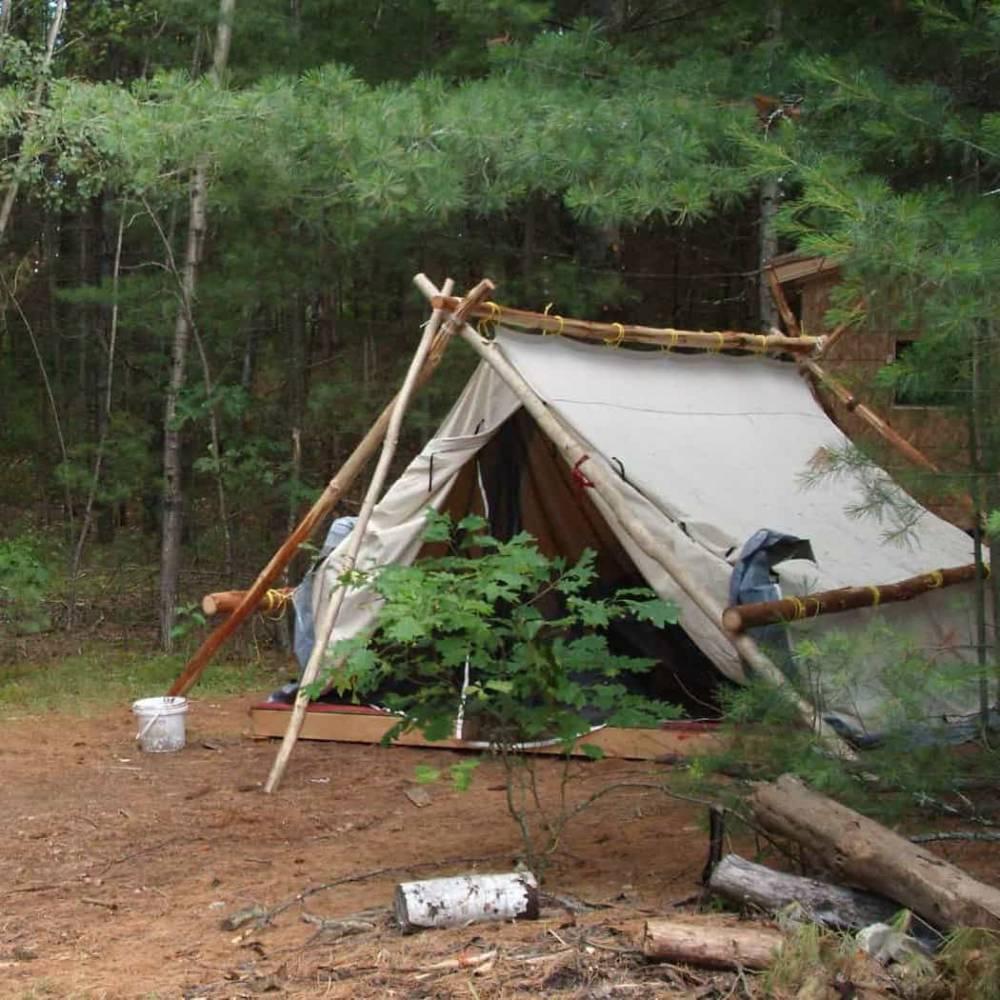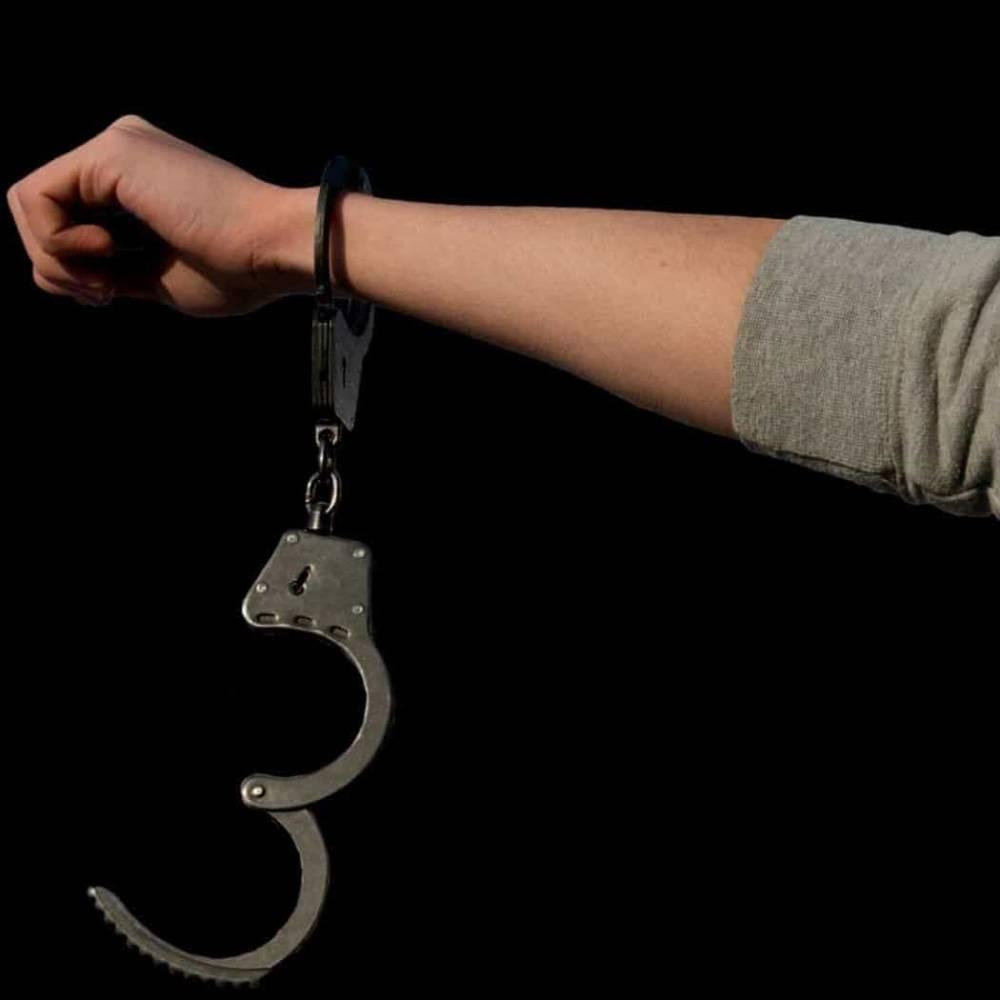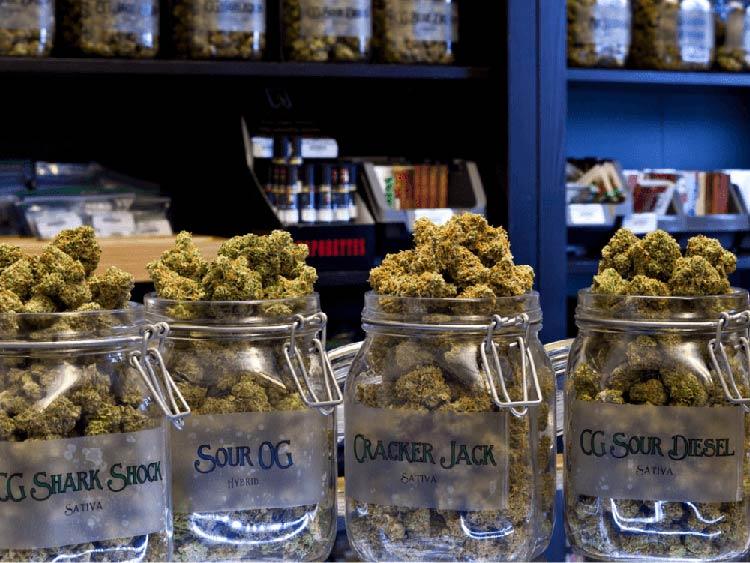The History of Cannabis Prohibition in California, Part 1: The Back to the Land Movement
April 17, 2020

It's not hard to find a cannabis dispensary in California these days. Most towns have at least one place to buy legal weed, and some cities have as many dispensaries as there are coffee shops. While this is the societal norm now, it hasn’t always been that way. Only recently is California coming out of decades – almost a century – of cannabis prohibition.
The "War on Drugs" took hold in the days of flower children, The Summer of Love, and the Back to the Land movement. Back in those days, people that relied on cannabis were at risk of losing everything.
Cannabis Culture Flourishes Despite Prohibition
In the 1960s in San Francisco, a cultural revolution was taking place. Hippies spread anti-war ideas about peace and love across the nation, boosted by a truly epic outpouring of art and music that captured the imaginations of other young people. As tour buses roamed the infamous Haight-Ashbury neighborhood, taking tourists to gawk at the freaks, and the excesses of hard drug use began to turn the scene sinister, many hippies left the city to seek their utopias in the wilds of Northern California.
Known today as The Emerald Triangle, the counties of Mendocino, Humboldt, and Trinity were reeling from the collapse of fishing and timber industries that left land available for cheap.
These days, The Emerald Triangle produces some of the finest bud in the United States, with a legendary reputation recognized around the world. Back in the 1970s, Vietnam and Thailand held that reputation, with returning GIs bringing back Sativa seeds and Thai sticks. Not only was Southeast Asia a hot spot for hippie travelers, but these surfers, smugglers and backpackers were major suppliers of cannabis and other drugs in the U.S.
With Nixon’s draconian War on Drugs gearing up in the mid-70s, the boats that were transporting the contraband were busted, more smugglers were searched and international imports became too risky. Hippies sourced seed-laden "lids" from Mexico and Columbia, until the US-backed paraquat campaign of the late 70s contaminated this supply, tainting the weed with herbicide and rendering it unsafe to smoke. Growing cannabis was the only option—that or staying sober.
The Back to the Land Movement Was Born
Degraded by decades of deforestation, the rugged forested hills of Humboldt, Mendocino, and Trinity counties, provided a convenient place to hideout. Groups of hippies used savings, trust funds, or smuggling fortunes to buy plots of land, forming communes and attempting to make a living from the land.
Over time, these determined hippies turned the local economy around, building clinics, community centers, schools, fire departments, and more. Media outlets including radio stations and local newspapers cropped up. They created a community supported by outlaw farmers.
These farmers didn’t only provide food for their communities—they soon found the area was perfect for growing weed.
With an ideal climate and necessary seclusion, the Emerald Triangle became known for "homegrown" cannabis.
Growing Standards Changed, Strains Got Stronger and Arrests Continued to Rise
Before long, homegrown cannabis was a sought-after commodity, fetching a nice price down in San Francisco and helping farmers pay the mortgage. People preferred homegrown to the imported Colombian and Mexican brick weed, where the use of pesticides was prevalent. It wasn’t just the lack of paraquat that made the Emerald Triangle cannabis more desirable, it was the innovations in genetics and the adoption of sinsemilla that made the California pot more potent.
Humboldt county was where growers first realized that female plants produce the best effects. In 2020, it's common knowledge that female plants produce more resinous and psychoactive buds, while male plants produce less potent, seeded buds. Travelers returning from the "hippie trail," (an overland route from Istanbul to India and Nepal) brought back seeds from the Kush mountains, true landrace Indica cultivars that were more tolerant of cool nights and shorter growing seasons. By breeding these seeds with the heart-racing, psychedelic Sativa from Thailand, Mexico, and Columbia, the modern cannabis hybrid was born, combining the best traits of both types of plants and revolutionizing the act of getting high.
By 1979, 35 percent of the cannabis consumed in California was homegrown. Most of that bud originated in Humboldt County.
At the time, arrests for cannabis were on the rise in California, with cops looking for any reason to crack down on hippies. While some of the back-to-the-land homesteaders were finding the communal utopias they dreamed of, others were being introduced to the worst impacts of the War on Drugs. When Nixon signed the Controlled Substances Act in 1970, a new era of prohibition began.
Just look at these statistics on the increased marijuana-related arrest activity that occurred simultaneously with the Summer of Love and the Back to the Land movement.
- The number of marijuana-related arrests increased 10 times between 1962 and 1967
- Marijuana-related arrests rose to 27 percent of all drug-related arrests in 1960 to 61 percent by 1967
- Marijuana-related arrests surpassed heroin arrests in 1965 and surpassed all non-marijuana arrests by 1965 (I.E. – more people were arrested for cannabis than anything else, at all)
- In the 1960s and 1970s, 95 to 99 percent of all marijuana arrests in California were felonies. This includes simple possession; most arrests were made for possession or sale when compared to the number arrested for cultivation
While some of our hippie heroes were seeing life flourish peacefully, others were watching the rest of theirs disappear behind bars.
Prohibition of Cannabis Created the Counterculture
The original groups of hippies and farmers that settled in Humboldt County had no idea what was in store for them. That one day, people would be calling their bud some of the finest in the world. That their movement, perseverance, and culture would make such huge impacts on our country.
All they were looking for was a simpler life. To escape the hustle and bustle of the city. That was the point of the "Back to the Land Movement" in the first place, to find peace instead of talking about it.
Maybe it was just a coincidence that these dreamers and misfits discovered the best place for cultivating secret gardens of homegrown cannabis. Where they learned some of the most important techniques for growing potent buds that we still rely on today.
This community-led on legalization since the very beginning, backing the very first efforts to legalize cannabis in California. In 1972, the original Proposition 19 made it to the ballots where voters got their first chance to vote on legalizing.
Only 33 percent voted in favor, and 67 percent against it, ultimately defeating the initiative. However, that was a huge accomplishment that set the stage for the ongoing cannabis legalization movement that’s still actively working today.
Telling These Stories Keeps the Culture Alive
If we don't tell these stories they will be forgotten. The world is changing, and cannabis is becoming just another consumer packaged goods. We can’t let the incredible culture and the history of this plant and these people be disrespected. If it weren’t for the people who went back to the land, the legacy of the Emerald Triangle wouldn’t exist.
To learn more about the history of cannabis prohibition in California, keep an eye out for Part 2: The CAMP Years. Learn about the struggles these farmers faced when the federal government found out about their illegal cash crops.
In the meantime, don’t forget legalization is still an ongoing fight. And it's not over when initial laws are passed. Support this struggle to end prohibition and reverse the effects of the War on Drugs by following Farmer and the Felon and The Last Prisoner Project on Facebook, Instagram, and Twitter.
Related Articles
 The History of Cannabis Prohibition in California, Part 2: The CAMP Years
The History of Cannabis Prohibition in California, Part 2: The CAMP YearsGrowing cannabis hasn't always been legal. In the 80s, prohibition in CA and around the world left f...
 The History of Prohibition in Cannabis California, Part 3: The Medical Marijuana Movement
The History of Prohibition in Cannabis California, Part 3: The Medical Marijuana MovementThe medical marijuana movement led to massive changes in the way Americans view cannabis and brought...
 The History of Cannabis Prohibition in California, Part 4: The Transition to Legalization
The History of Cannabis Prohibition in California, Part 4: The Transition to Legalization In 2020 cannabis is legal in California but it hasn't always been that way. Dive into the history of...

